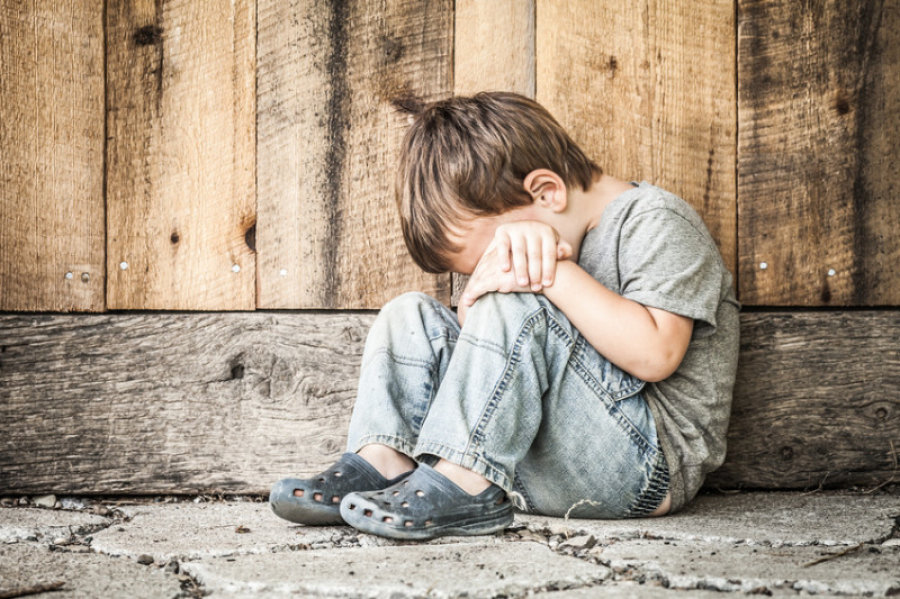Researchers from McGill University in Canada found children’s perceptions of honesty and deceit change as they age, with older children more likely to judge a truth or lie based on how it affects themselves and other people.
Study leader Victoria Talwar, of the Department of Educational and Counseling Psychology at McGill, and team published their findings in the International Review of Pragmatics.
From a young age, children are often told that telling the truth is good and lying is bad. However, as the authors point out, in reality, it is not so black and white; most people will be able to think of a time when they have told a lie in order to spare another person’s feelings - often referred to as a “white lie.”
But at what point do children consider the moral consequences of lying? This is what Talwar and team wanted to find out.
“We were interested in gaining a more nuanced picture of children’s perceptions of truth and lies - since not all lies have negative consequences for the other person, and not all truths have positive consequences for someone else,” says Talwar. “We were curious to know at what age children start to understand this.”
For their study, researchers enrolled 100 children aged 6-12 years and showed them a number of videos in which child-like puppets were either lying or telling the truth.
After viewing the videos, researchers asked the children to report whether they felt the characters in each video were honest or deceitful, and whether they should have been rewarded or punished based on the lies or truths they told.
The team found that at all ages, the children were able to tell the difference between a truth and lie with ease.
When it came to deciding which truths and lies should be rewarded or punished, however, researchers found that there were significant differences between older and younger children, medicalnewstoday.com reported.
In essence, the findings suggest that children’s understanding of whether a truth or lie will hurt themselves, or another individual, influences their perceptions of honesty and deceit, and such an understanding varies with age.
“Younger children see things more starkly - truths are good and lies are bad. But by the time they are 10-12 years old, children become more aware that truth and lies are less binary. The older they are, the more interested children are in the consequences of these actions. They are also more able to start looking at the intentions behind the speech.”
Among older children, they are more likely to be concerned about “tattling” because they are worried about what their friends might think of this behavior.


